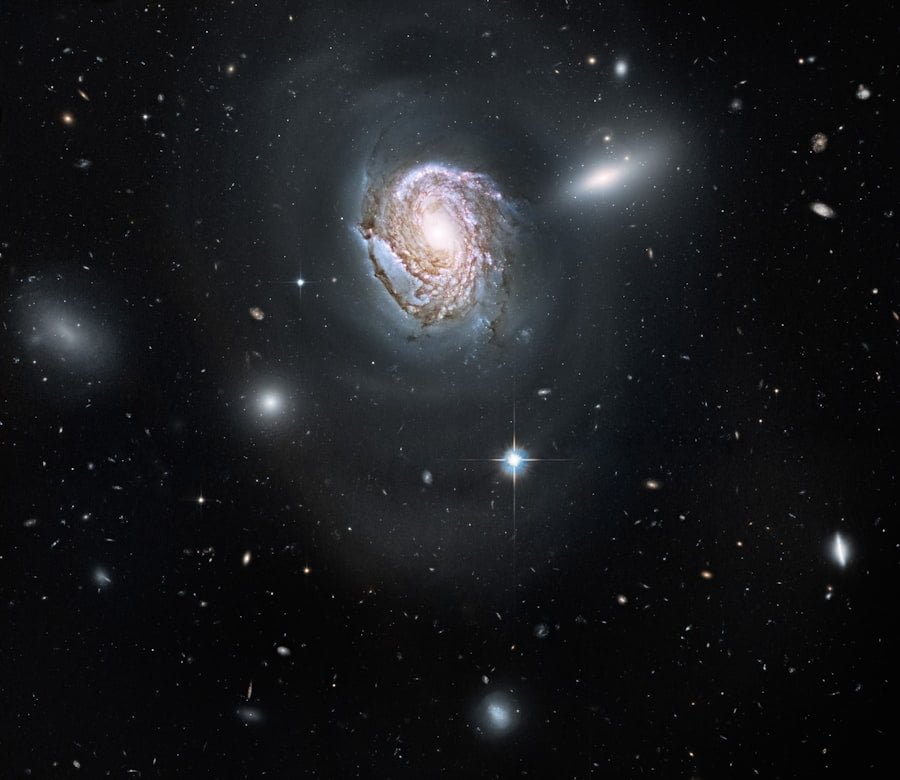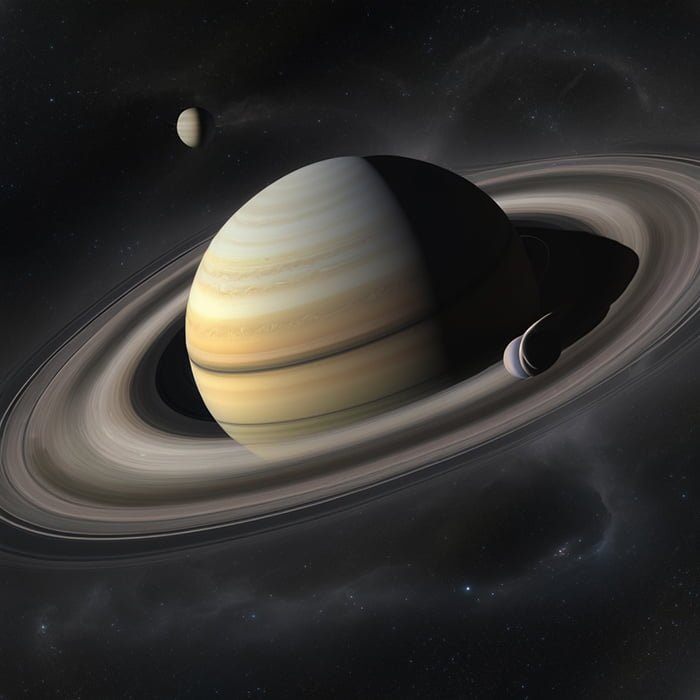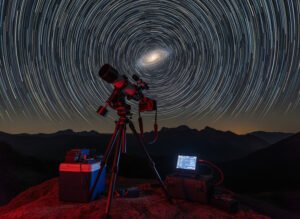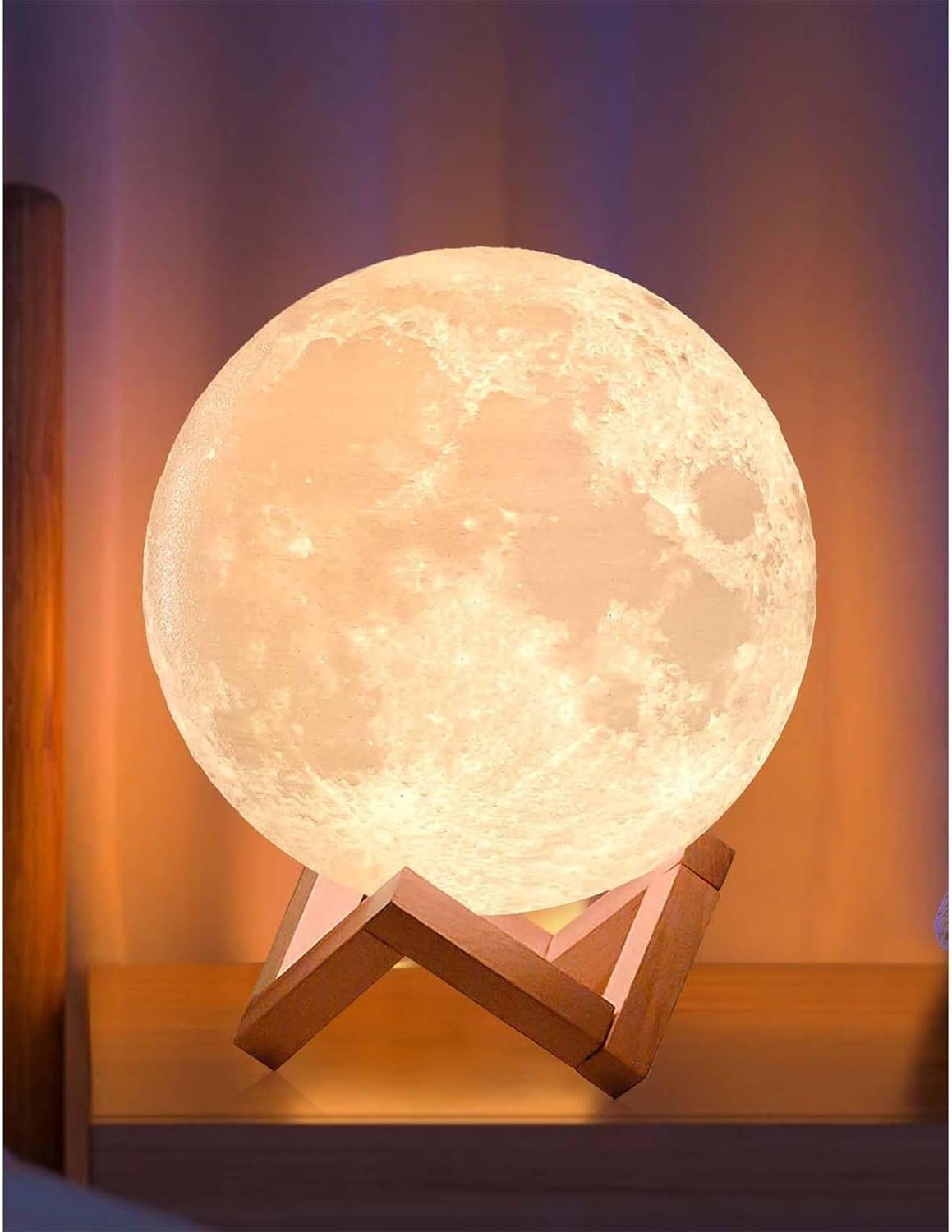Space, the final frontier. The vastness of the universe has captivated human beings for centuries, and with good reason. The sheer size of space is mind-boggling, and trying to comprehend its scale can be a humbling experience. Understanding the size of space is important because it allows us to gain a deeper appreciation for the universe we live in and our place within it. It also helps us to better understand the nature of reality and our own existence.
Key Takeaways
- Space is vast and incomprehensible to the human mind.
- Our solar system is relatively small compared to the Milky Way galaxy.
- The Milky Way galaxy is just one of billions in the observable universe.
- The largest known structures in the universe are mind-bogglingly huge.
- Measuring the size of space presents significant challenges to scientists.
The size of our solar system
Our solar system is just a tiny speck in the grand scheme of things, but it is still incredibly vast compared to our own planet. The distance between the Earth and the Sun, for example, is about 93 million miles. To put that into perspective, if you were to drive around the Earth at its equator, it would take you about 25,000 miles. So, the distance between the Earth and the Sun is roughly 3,720 times greater than that.
The planets in our solar system are also spread out over vast distances. For example, the average distance between Earth and Mars is about 140 million miles. That means it would take you over 300 days to travel from Earth to Mars if you were traveling at the speed of light. And that’s just one planet in our solar system.
The vastness of the Milky Way galaxy
The Milky Way galaxy is our home in the universe, and it is truly immense. It is estimated to be about 100,000 light-years in diameter, which means it would take light 100,000 years to travel from one end of the galaxy to the other. To put that into perspective, if you were to travel at the speed of light, it would take you 100,000 years just to cross our own galaxy.
The Milky Way is also home to billions of stars. It is estimated that there are between 100 billion and 400 billion stars in our galaxy. And each of these stars could potentially have its own planets, some of which could potentially support life. The sheer number of stars in the Milky Way is truly mind-boggling, and it gives us a glimpse into the vastness of the universe.
The mind-boggling size of the observable universe
The observable universe is even larger than the Milky Way galaxy. It is estimated to be about 93 billion light-years in diameter. This means that the light we see from objects at the edge of the observable universe has been traveling for 93 billion years to reach us. To put that into perspective, the universe is thought to be about 13.8 billion years old, so we are seeing light that has been traveling for almost the entire history of the universe.
The size of the observable universe is truly mind-boggling, and it is constantly expanding. Scientists believe that the universe is expanding at an accelerating rate, which means that objects are moving away from each other at an ever-increasing speed. This expansion is thought to have started with the Big Bang, which is believed to have occurred about 13.8 billion years ago.
The scale of the largest known structures in the universe
While the size of the observable universe is mind-boggling, there are even larger structures within it. For example, there are galaxy clusters, which are groups of galaxies held together by gravity. Some galaxy clusters can contain hundreds or even thousands of galaxies, and they can span millions of light-years across.
There are also superclusters, which are even larger structures that contain multiple galaxy clusters. These superclusters can span hundreds of millions of light-years across and contain billions or even trillions of galaxies. The largest known supercluster is called the Laniakea Supercluster, and it spans about 520 million light-years across.
The concept of light-years and astronomical units

To measure the vast distances in space, scientists use units such as light-years and astronomical units. A light-year is the distance that light travels in one year, which is about 5.88 trillion miles. It is used to measure the distance between objects in space that are very far away, such as stars and galaxies.
An astronomical unit, on the other hand, is the average distance between the Earth and the Sun, which is about 93 million miles. It is used to measure distances within our own solar system, such as the distance between planets and the Sun.
The challenges of measuring the size of space
Measuring the size of space is no easy task. The vast distances involved make it difficult to accurately determine the size of objects and structures in space. In addition, our understanding of the universe is constantly evolving as new discoveries are made and new technologies are developed.
However, advancements in technology have helped us overcome some of these challenges. For example, telescopes have allowed us to observe objects in space that are billions of light-years away. Satellites and spacecraft have allowed us to explore other planets and moons within our own solar system. And computer simulations have allowed us to model and study the formation and evolution of galaxies and other structures in the universe.
The impact of space size on our understanding of the universe
Understanding the size of space has had a profound impact on our understanding of the universe. It has shown us just how vast and diverse the universe is, and it has challenged our preconceived notions about our place within it.
For example, before we knew about the vastness of space, many people believed that Earth was at the center of the universe and that everything revolved around us. However, as we learned more about the size and scale of the universe, we realized that Earth is just a tiny speck in the grand scheme of things. This realization has humbled us and forced us to reevaluate our place in the universe.
The implications of space size on space exploration
The vastness of space presents many challenges for space exploration. The distances involved make it difficult and time-consuming to travel to other planets and star systems. For example, it took the Voyager 1 spacecraft over 40 years to travel just 13 billion miles, which is still a tiny fraction of the size of the observable universe.
In addition, the vastness of space makes it difficult to find and study other potentially habitable planets. While scientists have discovered thousands of exoplanets, most of them are too far away to study in detail. However, advancements in technology, such as the James Webb Space Telescope, are helping us to overcome these challenges and expand our knowledge of the universe.
The philosophical implications of the vastness of space
The vastness of space has also had profound philosophical implications. It has forced us to confront questions about the meaning of life and our place in the universe. For example, if there are billions or even trillions of galaxies in the universe, each containing billions or even trillions of stars, is there life elsewhere in the universe? And if so, what does that mean for our own existence?
The vastness of space has also challenged our notions of time and reality. For example, if light from objects at the edge of the observable universe has been traveling for billions of years to reach us, does that mean that we are seeing into the past? And if so, what does that mean for our understanding of cause and effect?
In conclusion, the size of space is truly mind-boggling. From the vast distances within our own solar system to the immense scale of the Milky Way galaxy and the observable universe, trying to comprehend the size of space can be a humbling experience. Understanding the size of space is important because it allows us to gain a deeper appreciation for the universe we live in and our place within it. It also challenges our preconceived notions about reality and our own existence.
So, the next time you look up at the night sky and see the stars twinkling above, take a moment to reflect on the vastness of space. Consider the billions of galaxies, each containing billions of stars, and the countless planets that may be orbiting them. And remember that we are just a tiny speck in the grand scheme of things. The size of space is truly awe-inspiring, and it reminds us of just how small we really are in the grand tapestry of the universe.
If you’re fascinated by the vastness of space and want to delve deeper into the mysteries it holds, you won’t want to miss out on “Disclosure: Unveiling the Secrets of the Universe.” This captivating article from The Universe Episodes takes you on a journey through the cosmos, exploring mind-boggling concepts and shedding light on the enigmatic wonders of our universe. Discover more about this intriguing piece here and prepare to have your mind expanded.
























